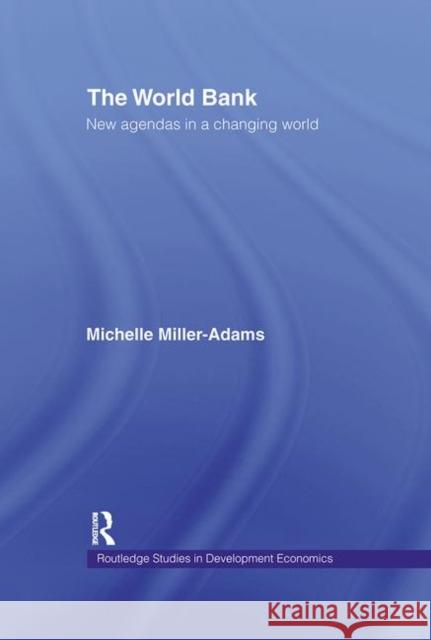The World Bank : New Agendas in a Changing World » książka
The World Bank : New Agendas in a Changing World
ISBN-13: 9780415193535 / Angielski / Twarda / 1999 / 192 str.
The World Bank is the key institution through which rich nations channel resources to poorer ones. Yet it was established over 50 years ago in a radically different international environment, and constantly re-invented itself in the intervening decades. What drives this evolution? This text considers the nature of change at the World Bank, exploring both the external impetous for change, and the impact of the Bank's internal organization and culture. The author's findings are supported by case studies of three of the Bank's most important new agendas: private sector development, participation, and governance. Michelle Miller-Adams finds that traditional international-relations based approaches, which focus on states and power, are inadequate for explaining institutional change at the World Bank. Attention must be paid to the Bank's internal processes, especially the technical and apolitical norms that form an intrinsic part of its identity. This identity, which dates from the Bank's earliest days, continues to shape its response to new demands and affect its ability to meet the needs of a changing world.











